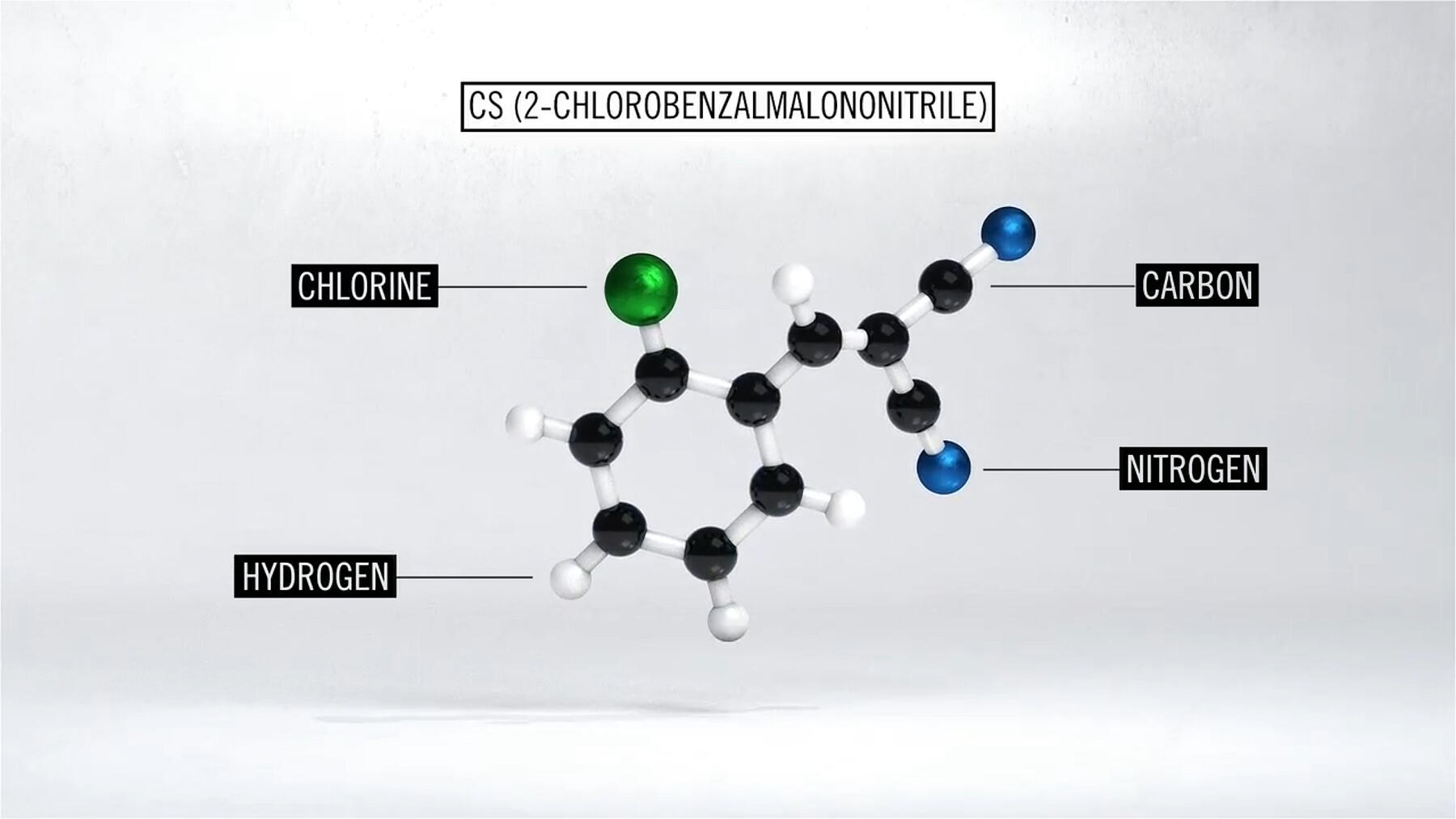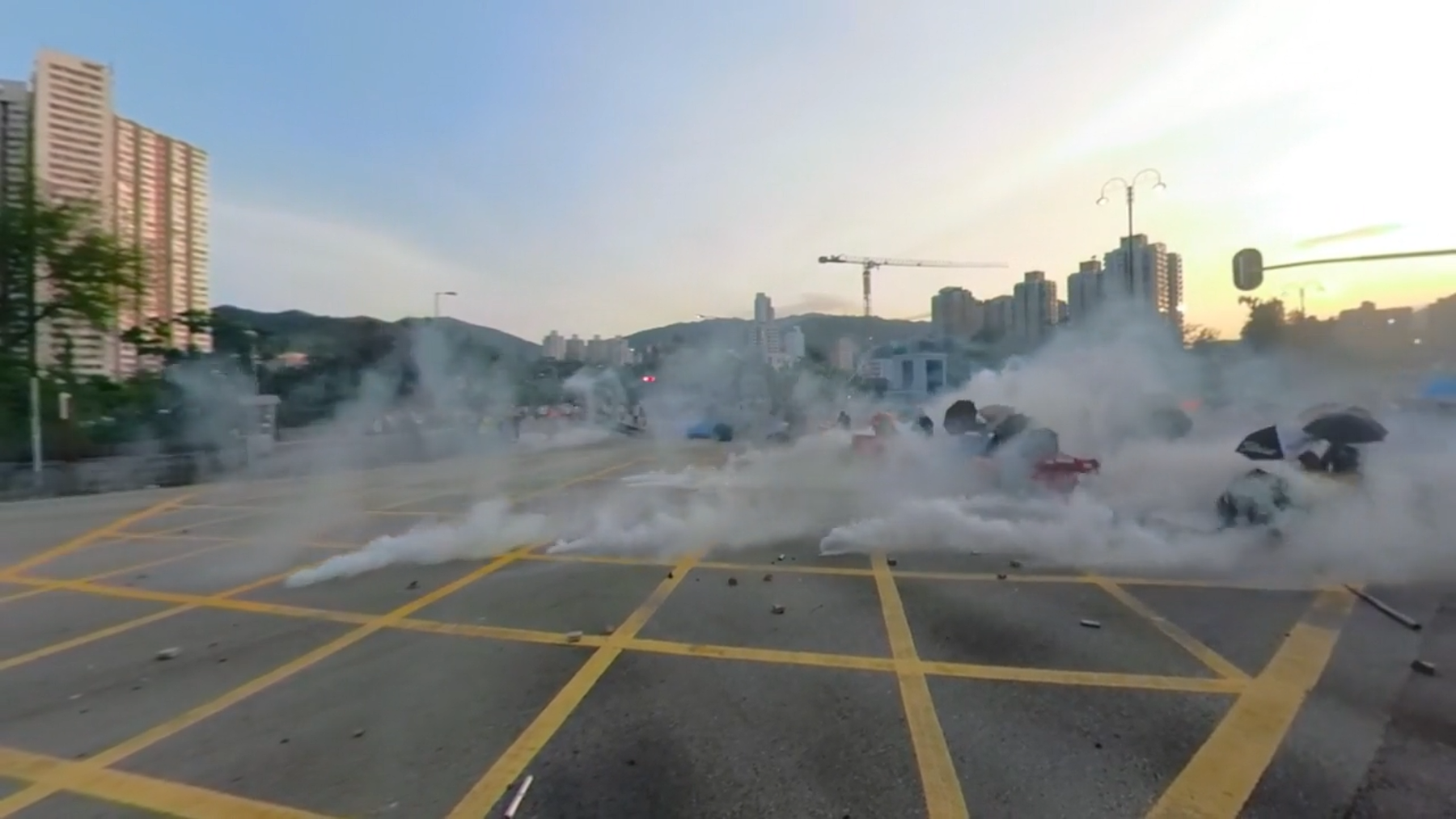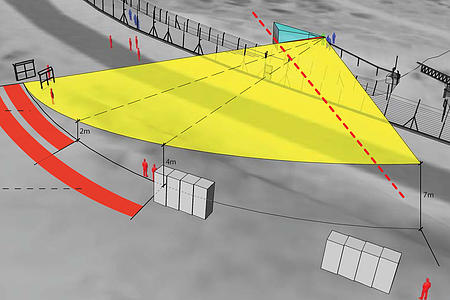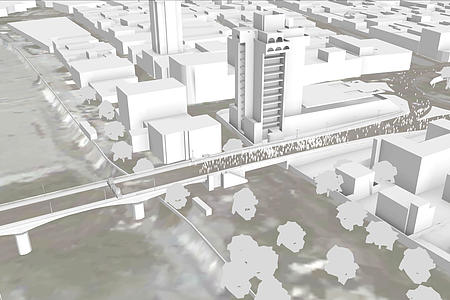Choking Dissent: How Tear Gas is Used to Crush Protests
A primer on the inherent dangers of tear gas weapons, exploring their design, functionality and abuse by police forces worldwide.
Whether shot from a launcher or thrown in a grenade, tear gas is one of the most prominent and widespread tools that police forces use to disperse crowds and exercise control over public space. Categorized as a ‘less-lethal’ weapon, the use of tear gas is predicated on the idea that it is relatively safe—that while it causes intense, even debilitating pain and incapacitation to people who are exposed to it, these effects are transient and not a serious risk to life and health. This assertion, however, is largely based on limited research and flawed guidelines for use, and serves to legitimize tear gas as a crowd control technique while obscuring the real dangers it poses to the public.
To address the misuse and misunderstanding of tear gas, SITU Research and Amnesty International have released Choking Dissent: How Tear Gas is Used to Crush Protests. This video analysis—part of a worldwide investigation into tear gas use conducted by Amnesty International—explains the basic mechanics of a typical tear gas canister and documents how it is used in ways that amplify its risks and facilitate its abuse.
Tear gas weapons pose multiple threats—whether from the grievous and potentially lethal injuries caused by heavy, fast-moving pyrotechnic canisters, or the varied physiological effects of the chemical irritants themselves. Additionally, its interaction with the built environment can amplify harm as architecture and infrastructure can become weaponized. The city itself is often leveraged as part of strategies to trap, overwhelm or target civilians.
In addition to exploring the mechanics of a typical tear gas canister in detail, our video reconstructs three individual cases that typify some of these dangers, and demonstrate the police behaviors that exacerbate the inherent risk. Employing spatial analysis and extensive technical and contextual research, the reconstruction renders visible abusive tear gas tactics that are inconsistently documented and often poorly understood.
Given the tendency of police forces to deploy this weapon in greater-than-necessary quantities, and the severe effects the irritant can have on certain vulnerable populations, the ‘safety’ of the weapon is a convenient fiction, and at best a dramatic oversimplification of complex questions involving deployment tactics, terrain, context, and a host of other factors.
“Exposure to tear gas causes a burning sensation and induces streaming eyes, coughing, tightening of the chest and difficulty breathing, and skin irritation. In most cases, effects wear off in 10 to 20 minutes.
However, tear gas affects people differently, with children, pregnant women and the elderly particularly susceptible to its effects. Toxicity levels can vary according to the product specifications, the quantity used, and the environment it is used in. Prolonged contact can pose severe health risks.”
—Amnesty International, Tear Gas: An Investigation
While effects of the chemicals in tear gas have recently come under increasing scrutiny, many of the dangers of tear gas are far more immediate. These dangers have less to do with the physiological effects of a specific chemical compound than with the various ways in which officers in the field ignore the guidelines for ‘safe’ use of the weapon.
For example, most tear gas canister manufacturers include a clear warning that their product can cause serious injury or death if aimed directly at people, and specify that it should only be fired at a high angle, from a certain minimum distance. And yet, nothing about the weapon’s design ensures that it will be used in accordance with these guidelines. Dangerous abuse is as simple as lowering the angle of the weapon or advancing a few steps too close to protesters before firing. Video evidence from countless incidents shows officers flagrantly ignoring these warnings and firing tear gas at low angles and close ranges, in many cases maiming or killing protesters and even bystanders.
Amid a recent wave of civil unrest in the United States and beyond, catalyzed by the senseless murder of George Floyd by Minneapolis Police, the use of tear gas as a response to even peaceful protests is becoming ever more commonplace. It is critical that the public understand how misleading the characterization of tear gas as a ‘less-lethal weapon’ truly is. A failure to acknowledge the true dangers of this weapon represents a dire threat to civilians participating in protests, and more fundamentally, to the right of public assembly itself.
In the context of the weapon’s resurgence in the United States, we want to point to some of our previous work as a resource. SITU Research has undertaken a number of cases examining the hidden dangers associated with ‘less-lethal’ weapons and tactics, particularly tear gas. In 2010, we analyzed the death of Palestinian protester Bassem Abu-Rahma at the hands of the Israel Defense Forces. Earlier this year, we published Smokescreen —another collaboration with Amnesty International—that examines a spate of protester deaths from tear gas use in Baghdad.
We encourage you to explore some of our past projects, to better understand how seriously tear gas has affected protesters in non-U.S. contexts.










